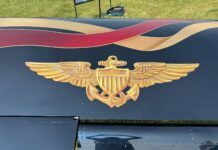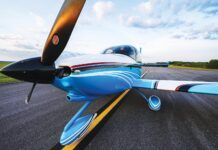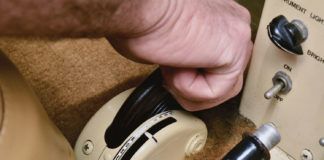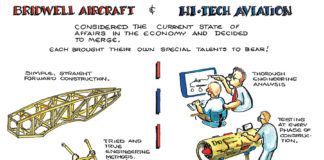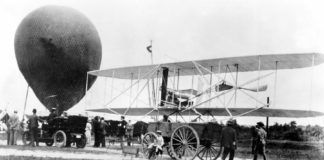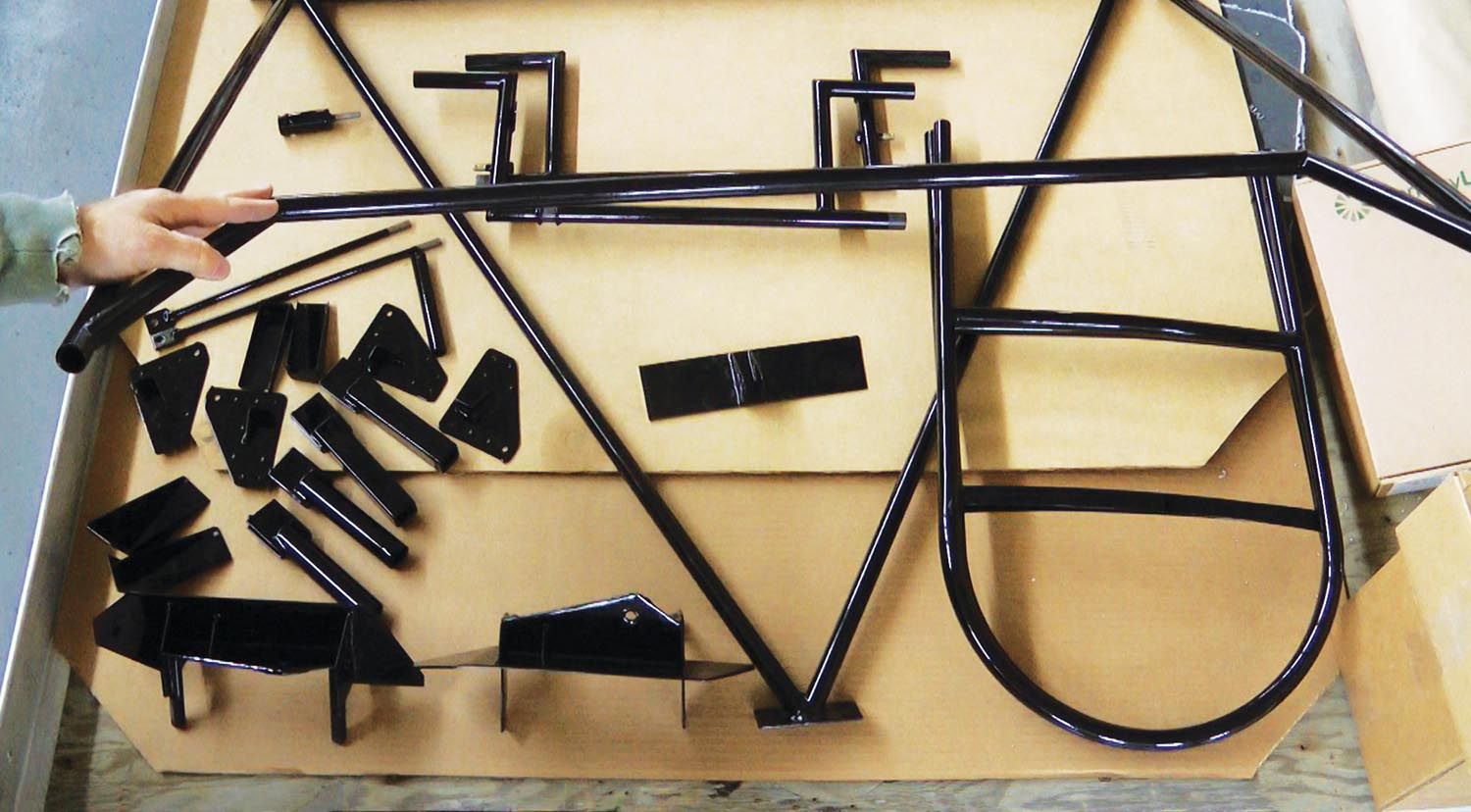
While sorting through the parts and pieces of your new aircraft kit, you may discover that a number of those parts are made of bare steel. They stand out because they’re noticeably heavier than aluminum components and their surface appearance is unique. At some point you’ll realize that these parts are going to require some protection from rusting. Do we paint these or are there other alternatives?
Most (but not all) aircraft kit manufacturers that I have dealt with deliver their steel parts “bare” so that the builder is left with the decision and effort to protect them from the elements. While aluminum components can be left unpainted (and polished if desired), steel should never be left without some kind of coating to maintain its integrity. Steel will rust in no time! Steel parts supplied with aircraft kits may be used for rudder pedals, engine mounts, cabin frames, control sticks and other internal control mechanisms, for example.
There are two popular options for builders to consider for covering steel components. Paint (including the primer coat that goes on first) is the common choice. The other option is to use a powder coating process—a viable alternative to painting. You can recognize powder coated steel parts that make up common items in your household by their typically smooth, glossy, thick, consistent texture. So what is the decision process for choosing to paint or powder coat your steel components? Let’s consider the benefits of each process, as only you can decide which is best for your project.
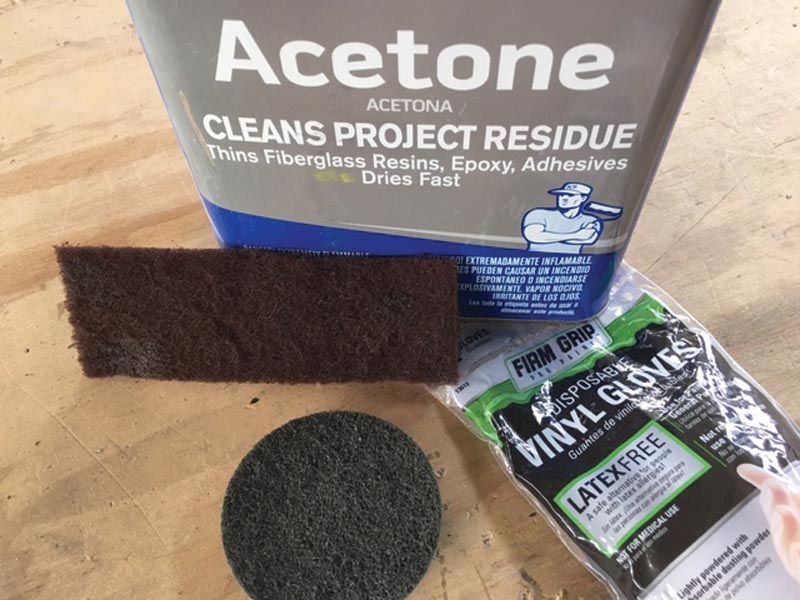
Paint: The best advice here is to remind the builder of the significant time and effort that is required to complete the painting process. Prepping the surface and removing all traces of oils is needed prior to priming. Then the final coat is applied over the primer. The right temperature for drying is critical, as well as ventilation. Often, it is easier to paint all of the steel parts at one time to be more efficient. There is a lot of good information on internet forums about the detailed steps needed for proper painting. Ultimately, we want the paint to adhere for the life of the aircraft without failure. The bottom line in regard to painting: You are responsible for doing it correctly, and you are the one expending the time and effort to get it done.
Powder Coating: This choice often results in a more durable finish and long-term protection of your steel parts as compared to painting. (There are exceptions, of course.) You typically do not perform the powder coating process as it requires specialized equipment and oven baking. Rather, the steel items are dropped off at a powder coating company (check your yellow pages or Google) in your area. You specify the color of choice and pick up the parts when they are finished. It’s that simple! There are lots of YouTube videos that explain the powder coating process if you are interested in learning. The bottom line to powder coating is that you are paying someone else to do the work. Your personal time is not consumed as compared with painting to get this done. Of course, by not painting you are also saving all sorts of expenses by not purchasing primer, paint and associated painting equipment. Therefore, you need to get a quote on powder coating your parts first to know what it will cost. Prices vary widely with this service.
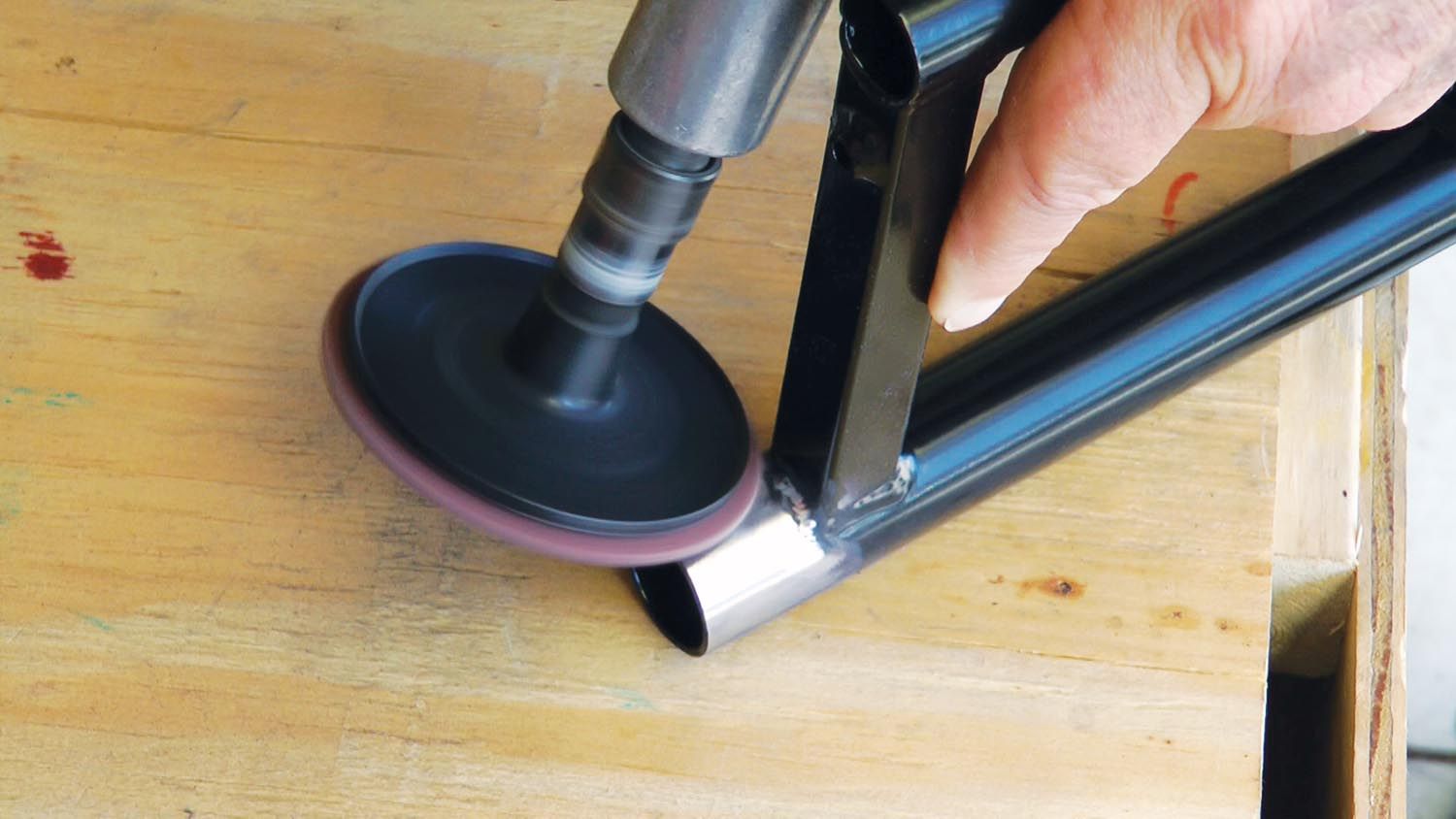
One more note about powder coating (from someone who has been there, done that) is that some simple preparation on those metal components will save you headaches at installation time. Many metal aircraft parts have areas that are subject to motion contact with other parts. An example is a rudder pedal that has a pivot in a simple bearing for rotation. If there is an area on that part that should not have the powder coating applied because it would cause interference, it is better and easier to mask it off ahead of time as compared to the effort of removing the coating afterward from that area. Powder coating is really hard to remove! By taping off the areas with high-temperature masking tape (available from Amazon), you preserve the bare metal at those locations during the powder coating process. Those areas can be covered with grease at installation time. The idea here is to carefully analyze each steel aircraft part and understand if powder coating (or paint) will interfere with assembly. (Powder coating is significantly thicker than paint.) This thickness can also hide cracks that might develop at a welded joint—as with an engine mount. If examination of weld cracking is desired on an ongoing basis, then it may be desirable to use paint on those components.
In summary, we all have to decide what to do with our steel parts before they go into final assembly. Unless you are lucky to be working with a kit that has finished their steel parts out of the box, you need to budget time and money to prepare your components. Both paint and powder coating are popular choices that have been successfully used. Do your research and pick the best for your liking. Plane and simple!

